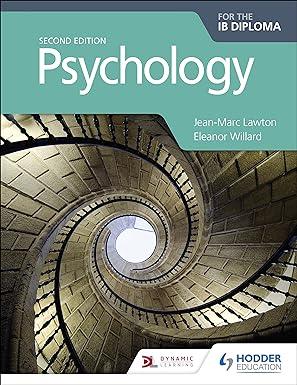The study of Draganski et al (2004) is an example of how dierent research methods can be
Question:
The study of Draganski et al (2004) is an example of how dierent research methods can be combined in a single study.
Is this an experiment or a correlational study?
On the one hand, there is random allocation into groups (juggling versus non-juggling). On the other hand, the researchers computed a correlation between amount of juggling and grey matter growth.
In cases like this you need to determine the main research method and the supplementary methods. The main research method is the one used to test the hypothesis. In Draganski et al (2004) the aim was to see whether environmental demand (juggling) leads to a change in brain structure (grey matter volume). This implies causation. This hypothesis was tested in an experiment. When the researchers got their answer (which was yes), they additionally looked at the relationship between amount of learning and rate of grey matter growth. Correlation was therefore a supplementary method used to clarify the main finding.
Knowing what method was used, what can you say about the methodological quality of the study (sampling, credibility, generalizability and bias)?
Step by Step Answer:







